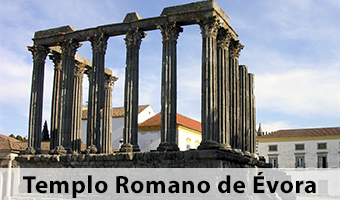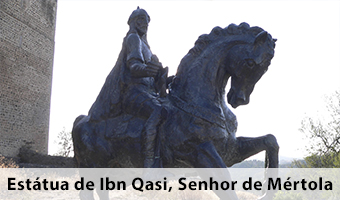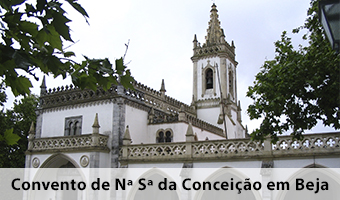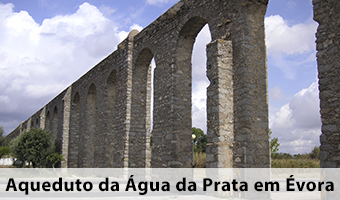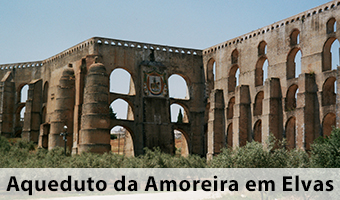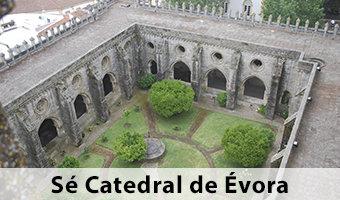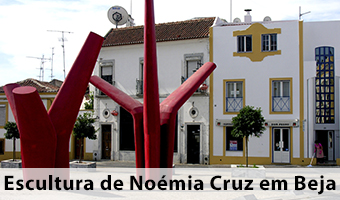A little history of the Alentejo
Since Paleolithic Period, the human being marked his presence, something quite visible at the Grotto of Escoural.
Between the fourth and third millennia BC, the megalithic age, in the Alentejo region have been erected several monuments from dolmens, cromlechs and menhirs, which its exploitation begins in Montemor-o-Novo axis, to visit the Archaeological Centre Convent of St. Domingo, walking to Évora, the Interpretive Center Megalithica Ebora of Remedios Convent, the Anta Grande do Zambujeiro, tapirs Barrocal and menhirs and cromlech of Almendres are some examples of heritage megalithic of Évora, passing the village de Paiva, is the dolmen-chapel of St. Dinis, a pagan monument located in Évora; already in Monsaraz you can see the dolmens of Olival da Pega, the cromlech of Xerez and menhirs of Outeiro, among many more in Alentejo extension.
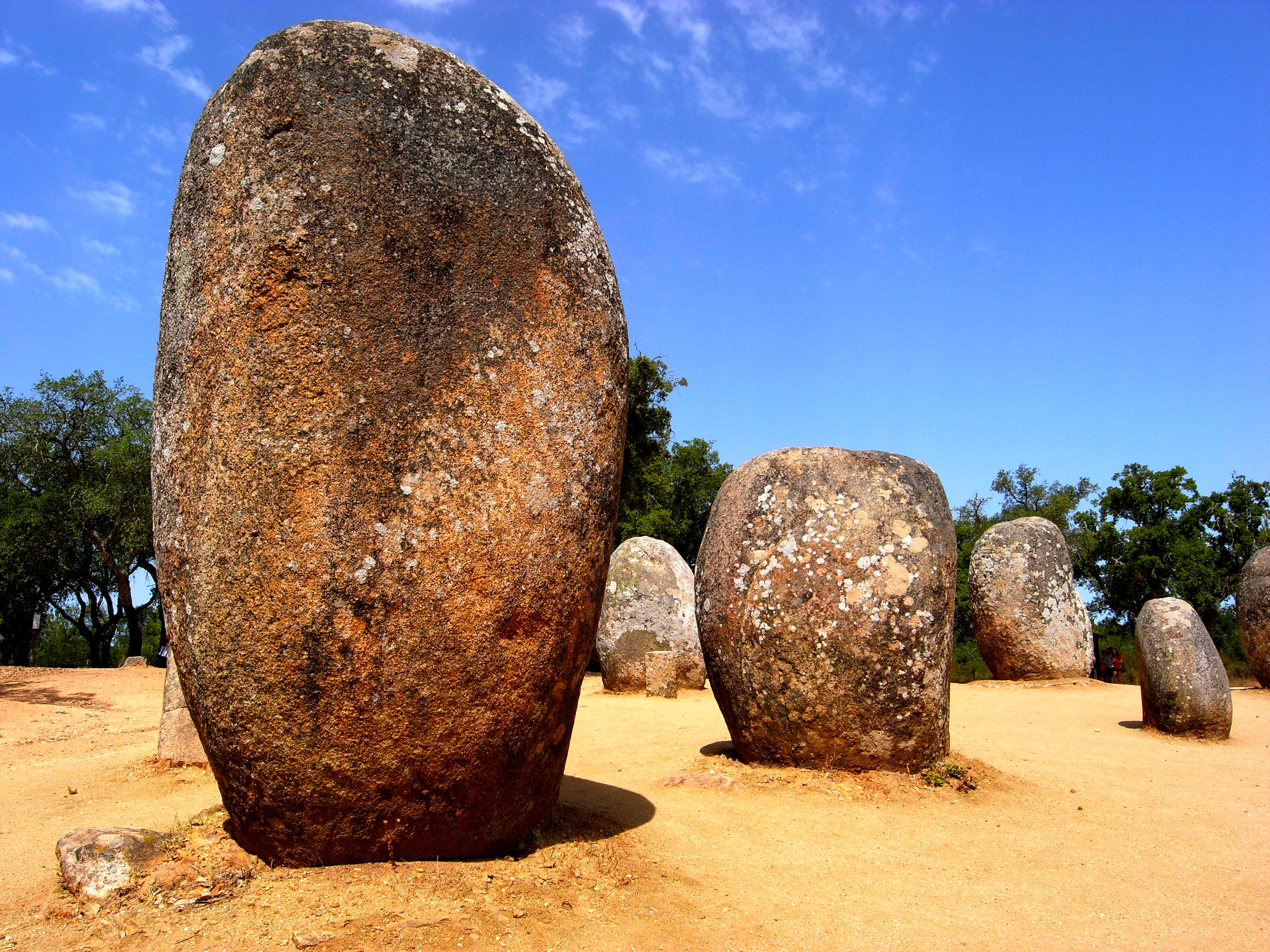

In Roman times, the Alentejo was heavily influenced by the traditions and Roman culture, from the gold mining, silver and pyrites, the development of agriculture, ceramics industries, salt extraction, salting fish, shipbuilding and fortresses, temples, bridges, walkways, shrines, theater, aqueducts, among the most essential monuments to the development of the Alentejo, one of his greatest achievements was the construction of municipalities with a local administrative structure. However, its essential came from Latin learning, native language of Portuguese.
Despite the Roman remains are a bit throughout the Alentejo region, the key can be visited through the urban centers.
During the Arab occupation, which lasted about 500 years, the experience and the lived and felt sharest led to the development of agricultural techniques, along with the inheritance of new plants, there was also a development of the catchment and water storage systems, but also They were purchased new eating habits, new words, construction techniques, decorative tastes, artistic styles, among others.
Not forgetting that many of the castles of the Reconquista and several Portuguese Christian churches are of Muslim origin, whose rebuilding came from mosques. One of the great examples of the Arab presence is Mértola, the most Arabic town in Portugal, a place whose Muslim heritage and its heritage and presence endures in time. The Mértola village was a business asset from pre-Roman, with a prestigious municipium a capital of an Arab kingdom and the first headquarters of the Knights of Santiago.
A time to live the Arabs odd times is during the month of May, the Islamic Festival.
In the times of the Reconquista, from kings, military and religious forces have joined forces to expel the Arab people, the peaceful moments to civilize, evangelize and educate the people of Portuguese territory until the negative times of the Inquisition, all these moments have played a role relevant in Portugal, but rather in the Alentejo.
For centuries, the religious order was one of the largest landowners in this region, by the time this order was abolished in Portugal and all his property or were in possession of the state or were sold at auction. With regard to the convents, which have lost their function, have adapted to museums, and in the Alentejo region, there are some like St. Dominic Convent in Montemor-o-Novo, the Nossa Senhora Convent the Conception in Beja, and the Convent of St. Francis in Mértola; others turned into hotels.
Today, this history makes it possible to all visitors Alentejo live somewhat in monastic environments.
In the period between the fifteenth and eighteenth centuries, Portugal lived in a period of prosperity, the Age of Discovery, a time of unprecedented wealth, active trade of spices, gold and precious stones, originating from India and Brazil.
During this golden moment, Alentejo offered address the kings and nobles, who built large houses, palaces, churches and convents and works of rides such as the aqueducts of the Silver Water, in Évora, and Amoreira in Elvas, which provided sources and pillories. To convene national and international artists, he has been working with mastery stone and wood, growing knowledge of painting, sculpture and decorative arts, in order to glorify the men of the Discoveries and God.
From this moment, the Gothic styles emerge, Renaissance, Mannerism, Baroque, Neoclassical, as in other European countries.
However, only in Portugal, succeeded to the Manueline style, coming of King Manuel I, with origins in the late Gothic, this style endures beyond death. The Alentejo offers, for reference, a rich heritage that has some exponents of Manueline, Renaissance and Baroque.
Nineteenth century, withdrew the architecture of iron sent the train to the interior, the modernism of the twentieth century with architecture that characterized the New State during the dictatorship of Salazar, also endure the tile panels and a symbolic reference , civil protection association Heritage, the Pro-Évora Group was formed in 1919 in Évora, who defended the Evora wall’s dismantling, proposing dozens of city monuments rating and promoted the cleaning of the Cathedral Cloister.
His seed has borne fruit and the Alentejo appreciated his inexhaustible heritage and began the urban renewal of historic centers, which currently allows visitors and residents to live a pure and unique experience between past, present and future of the Alentejo region, all Alentejo contemporaneity.
Recovering old and offering a new life to the monuments of the past, without this historical movement, they would have been destroyed not only by the hand of time but also by human hand. Artists and sculptors beautified parks and gardens; architects designed works revitalized residential areas, cultural facilities, churches, private and public housing, wineries, among others, in a rural trait that combines with the environment surrounding Alentejo.
Like a breath of fresh air, cities reborn presenting contemporary, minimalist and sober, integrating a landscape typically and purely Alentejo.
It is advised to constant exploration and demand for these monuments together with the natural surroundings and landscape offering a magical moment and one lived only in the Alentejo region.
